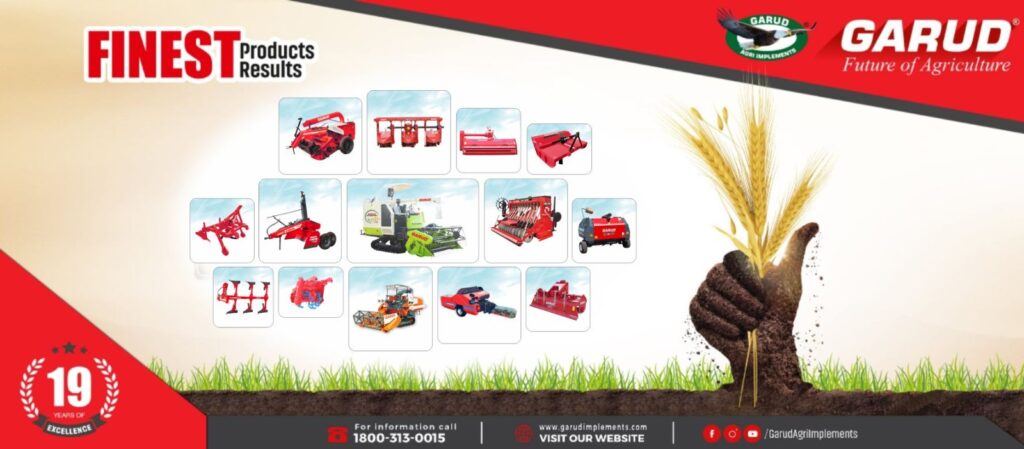Michigan Gambling Duty Guide: Tax Online Car Loan Calculator & Guide 2024
March 18, 2025Mostbet Pl: Oficjalna Strona Z Zakładami Sportowymi I Kasynem Zdobądź Bonus 1400 Pln!
March 18, 2025Agriculture has been the backbone of human civilization for thousands of years. Over time, farming techniques have evolved, leading to the development of various agricultural implements that enhance productivity and efficiency. These tools and machines are essential for preparing soil, planting, cultivating, and harvesting crops. In this blog, we will explore different types of agricultural implements and their uses in modern farming. Over time, advancements in agricultural technology have led to the development of modern implements that reduce labor, improve precision, and increase crop yields. From traditional hand tools to sophisticated machinery like tractors, seed drills, and combine harvesters, agricultural implements play a crucial role in ensuring food production meets the growing global demand.

1. Primary Tillage Agricultural Implements
These implements are used for initial soil preparation, breaking up the hard ground, and making it suitable for planting. Common primary tillage implements include:
- Plow: Used for turning over the soil and burying crop residues.
- Subsoiler: Helps break up compacted soil layers, improving aeration and water penetration.
- Rotavator: A rotary tiller that efficiently mixes soil and prepares a fine seedbed.
2. Secondary Tillage Implements
Once primary tillage is complete, secondary tillage implements help refine the soil structure and prepare it for seeding. These include:
- Harrow: Breaks up soil clods and levels the field.
- Cultivator: Loosens soil and removes weeds between crop rows.
- Roller: Used for compacting soil and reducing moisture loss.
3. Sowing and Planting Implements
These tools ensure precise and efficient planting of seeds and seedlings. Some of the commonly used implements https://www.youtube.com/@GarudAgriImplements include:
- Seed Drill: Ensures uniform seed distribution and planting depth.
- Planter: Used for planting crops like maize, cotton, and potatoes at precise intervals.
- Transplanter: Ideal for transferring seedlings from nurseries to the main field.
4. Irrigation Implements
Watering crops efficiently is crucial for their growth and yield. Some irrigation equipment includes:
- Sprinklers: Used to distribute water evenly over the field.
- Drip Irrigation System: Delivers water directly to the plant roots, reducing water wastage.
- Water Pumps: Help in drawing and distributing water from wells, lakes, or reservoirs.
5. Harvesting Implements
Once crops are ready, harvesting implements make the process faster and more efficient. These include:
- Combine Harvester: A multifunctional machine that reaps, threshes, and cleans grains in a single process.
- Reaper: Cuts crops such as wheat and rice quickly.
- Threshers: Separate grains from harvested crops.
6. Crop Protection Implements
Protecting crops from pests, diseases, and weeds is vital for a good yield. Some essential crop protection Agricultural implements include:
- Sprayers: Used for applying pesticides, herbicides, and fertilizers.
- Weeders: Help remove weeds that compete with crops for nutrients.
- Bird and Pest Scare Devices: Deter birds and animals from damaging crops.
7. Post-Harvest Implements
After harvesting, proper handling of crops ensures their quality and reduces losses. Some post-harvest tools include:
- Grain Dryers: Reduce moisture in grains, preventing spoilage.
- Milling Machines: Process harvested crops into flour, rice, or other products.
- Storage Bins and Silos: Store grains safely, protecting them from pests and weather conditions.
Conclusion
Agricultural implements play a crucial role in modern farming, helping farmers increase efficiency, reduce labor, and improve crop yields. Whether for tilling, planting, irrigating, harvesting, or protecting crops, the right equipment can make a significant difference. As technology advances, smarter and more sustainable agricultural tools are being developed, ensuring a bright future for farming worldwide.
By understanding and utilizing the right implements, farmers can optimize their operations and contribute to global food security. Whether you are a small-scale farmer or a large agricultural enterprise, investing in quality implements is key to successful farming.
Do you use any of these agricultural implements on your farm? Share your experiences in the comments below!
